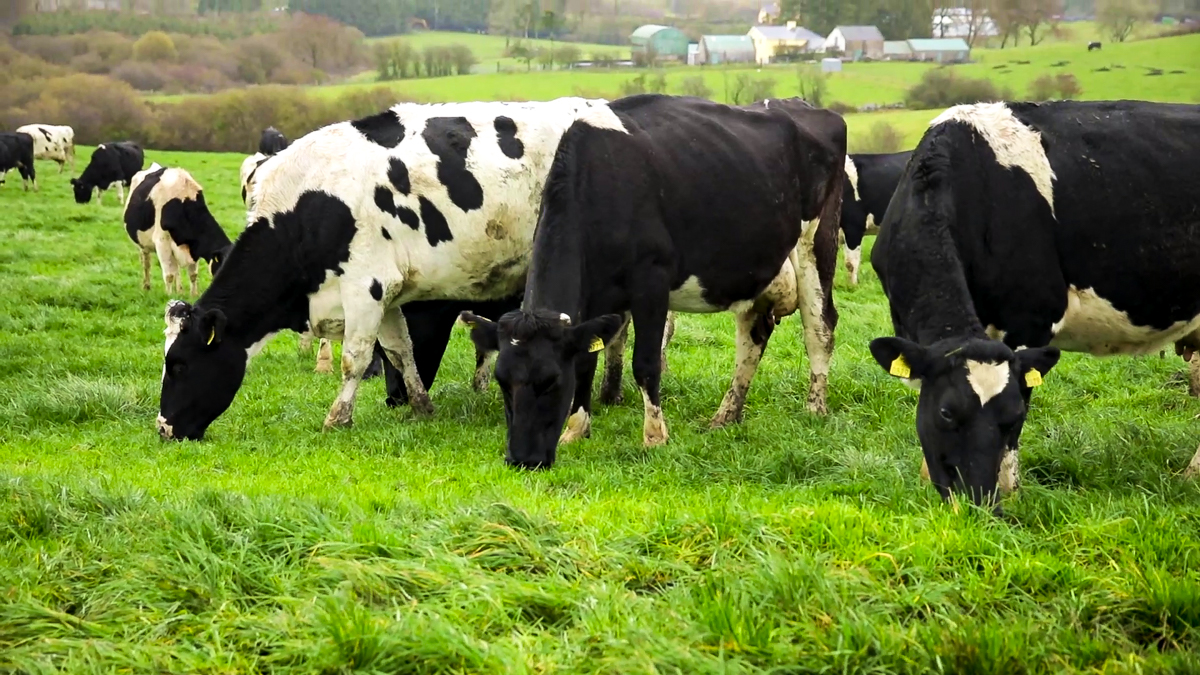Grass tetany often occurs when cows are let out to graze lush and low-fibre paddocks and if undetected, it can be very costly.
The good weather and dry conditions have meant that some farmers have been able to get cows out to grass.
Although there are many benefits to getting cows out to grass, caution is advised, particularly where tetany is concerned.
The transition period is when cows are most susceptible to metabolic disorders, i.e. grass tetany and milk fever.
Metabolic disorders generally have a negative impact on animal performance, so they should be avoided where possible.
Grass tetany
The good weather over the winter months has meant ground conditions are quite good in most areas.
The mild winter we’ve experienced so far has meant there are a lot of heavy grass covers on farms.
The symptoms of tetany can occur rapidly and mainly impact the animal’s nervous system.
Symptoms include:
- Severe muscle contractions;
- Hyperness;
- Frothing at the mouth;
- Staggering while walking or standing;
- Body tremors;
- Visual distress;
- Irregular and loud heartbeat.
Suspected cases should be treated quickly to avoid further deterioration and/or death.
Prevention
The most effective way of preventing grass tetany is to supplement the cow’s diet with magnesium (Mg).
Mg can be added to the diet through several methods. Some of the more common methods on Irish farms are: Feeding high Mg concentrates, adding Mg solution to water troughs, a Mg bolus or providing cows with licks.
A less common method here in Ireland is pasture dusting. This is more common in other countries where Calcium/Mg at a rate of 15-17kg/ha is dusted onto paddocks before they are grazed.
Whichever method you choose, it is important that cows are supplemented and cases of grass tetany are avoided.
